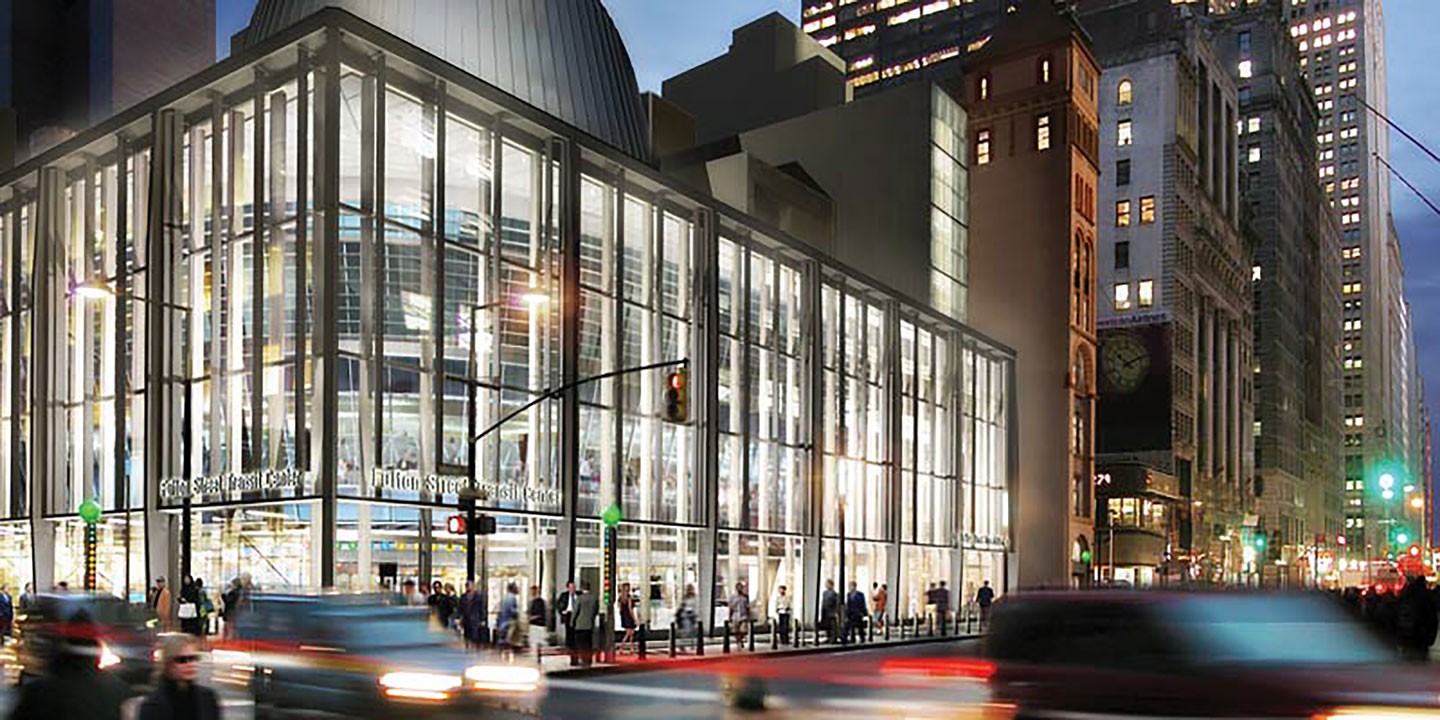The world already knows that Dubai is home to some of the most amazing luxury properties in the universe (well as far as the human mind...

These 3ds Max tips for project visualization are courtesy of Arup Connect via Redshift partner ArchDaily, “the world’s most visited architecture website.” ArchDaily is dedicated to informing and inspiring architects...


Construction is the biggest industry in the world, and yet, even outside of crises, it is not performing well. Despite restraints, the construction industry is on...
Recent Comments